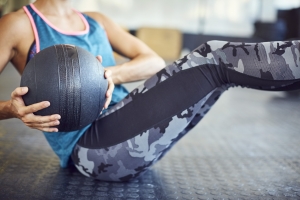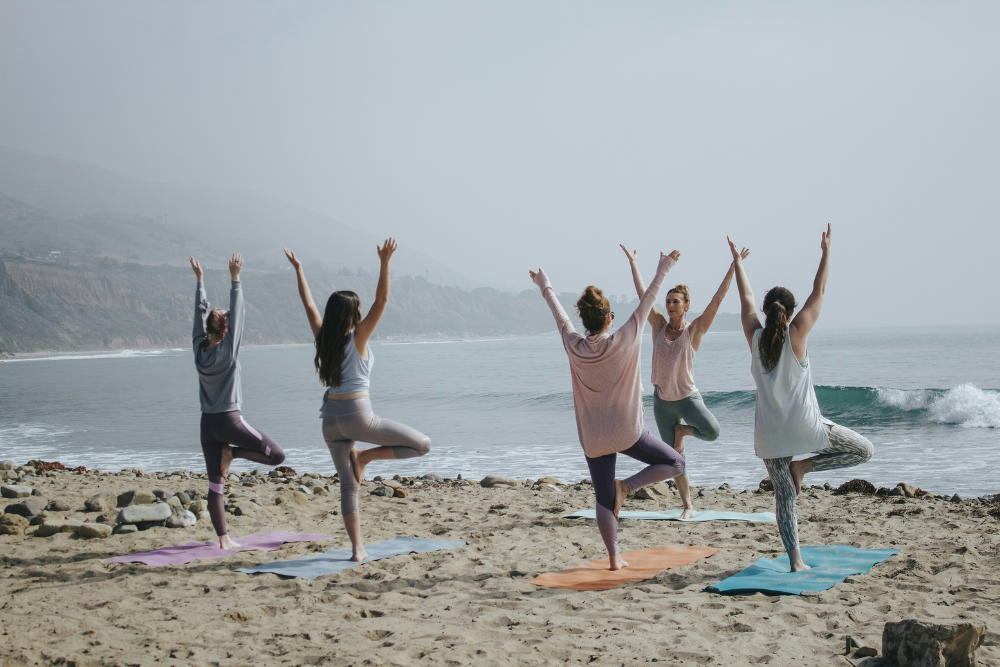Exercise is Medicine – Summary of the American College of Sports Medicine Conference

Julia Basso – PhD
Exercise As Medicine
The American College of Sports Medicine (ACSM) is the largest sports medicine and exercise science organization in the world. They are dedicated to “advancing and integrating scientific research to provide educational and practical applications of exercise science and sports medicine.” This year from May 31 st to June 4, they hosted their 63 rd annual meeting and the 7 th World Congress on Exercise is Medicine® and World Congress on the Basic Science of Energy Balance in Boston, Massachusetts. The meeting had five main goals:
- Assess exercise-induced changes in biology, biomechanics, psychology, and behavior in both normal and pathological states
- Examine the most innovative basic and applied science and clinical medicine dealing with exercise, fitness, and physical performance
- Host interactive discussions between scientists and clinicians regarding new techniques and perspectives on exercise science and sports medicine
- Recognize the importance of basic science studying diseases and conditions related to physical inactivity
- Determine how exercise research and practice can contribute to public health knowledge and awareness
Active, Fit and Healthy
Out of these goals, 6,000 professionals gathered to discuss a range of topics from nutrition, exercise and cardiometabolic health to brain pathology in individuals with a history of exercise-related concussions to myofascial pain disorders in sports medicine. The meeting hosted several special lectures. The Joseph B. Wolffe Memorial Lecture, given by Dr. Russell R. Pate, professor of exercise science at the University of South Carolina, was entitled Raising today’s children: can we launch an active, fit and healthy generation?
Another featured lecture, the D.B. Dill Historical Lecture, was given by clinician, Dr. Robjert J. Johnson of the University of Minnesota, and regarded his perspective on the history of sports medicine. Other highlighted lectures focused on the economic cost of physical inactivity, the regulation of body weight, medical and scientific conundrums in Paralympic sport, preventing sudden death in sport and physical activity, and the health-promoting effects of a low-carbohydrate lifestyle.
Energy Balance
The basic science portion of the conference focused on energy balance and the combined importance of diet and physical activity. In keeping a healthy body and mind, both diet and exercise are important, but most likely, the majority of us only focus on one of those things. Personally, I focus on exercise. I will attend an intense cycling class at 7 AM, but then enjoy a steak dinner with ice cream for dessert. Of course, I like to live my life with a bit of balance, and I certainly hate to diet or food restrict; however, I do not struggle with problems of obesity.
Scientists at the ACSM meeting focused on whether changes in energy balance (i.e., a sedentary lifestyle with easily accessible and ample food sources) contribute to the epidemic of obesity we are facing in western society and how evolution plays a role in this issue. Other topics discussed centered on how sleep and our circadian patterns affect body weight regulation. Finally, research was presented on how age, sex hormones and sedentary behavior influence metabolism and energy balance.
Exercise Prescriptions
Clinicians at the conference gathered with a set of specific objectives in mind. In order to enhance health and prevent disease, they sought to develop exercise prescriptions for children, adolescents, and adults in clinical settings. This is certainly an important area of scientific research and a question that holds interest for many people. What is the best and most effective exercise regimen to increase both physical and mental health? These exercise prescriptions need further examination in the scientific literature as there is currently no standardized exercise protocols.
Virtually every scientific paper I read utilizes a different exercise protocol. This makes comparing across studies and making definitive conclusions challenging. Additionally, studies seek to evaluate treatments for dancers and athletes with sports-related physical injuries. They also aim to develop diagnostic criteria and treatment strategies for sports-related concussions. A final and important goal was to address controversies in the community regarding the implementation of cardiac screening programs in individuals who are exercising. One of the main lectures focusing on whether clinical cardiac complications arise from too much exercise.
 Coming Together
Coming Together
A benefit of this conference is in the bringing together of scientists and clinicians. As these two parties often have disparate but complementary knowledge, this coming together is an obvious idea but one that unfortunately does not happen often.
Scientists tend to stick to their inner-circle of other scientists and clinicians tend to do the same. It is in the interactions between scientists and physicians, however, that some of the best science and medicine emerge. I look forward to personally attending next year’s conference and hearing about the latest and greatest work on exercise science and sports medicine from the perspective of both scientists and clinicians.You Might Like:














